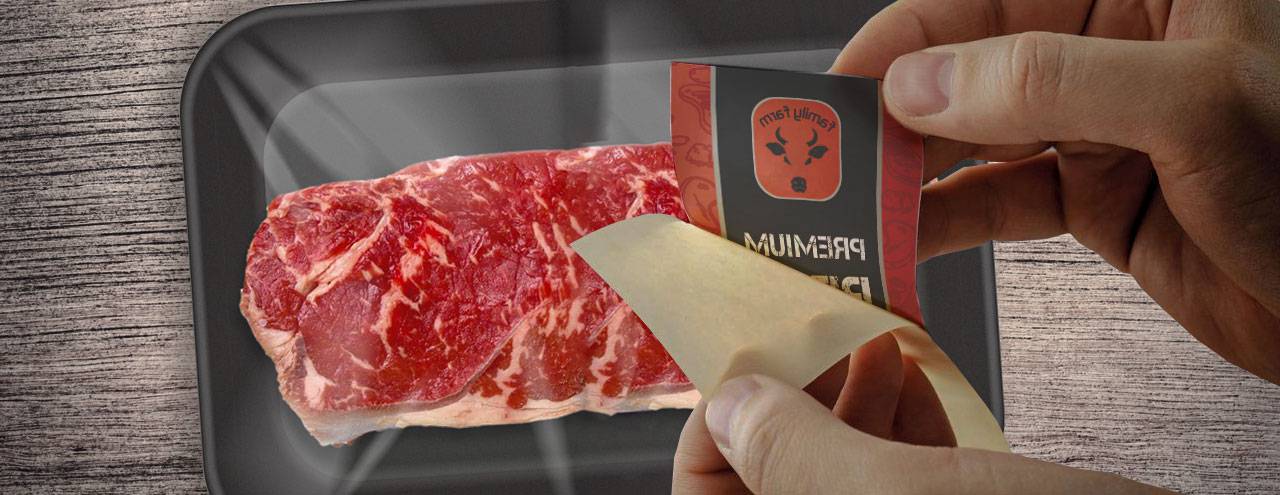If you sell consumer products, you are well aware of the importance of proper product packaging and labeling. The packaging usually gets all the spotlight, but labels have also been receiving attention ever since consumers became more concerned about any potential harm from products they are buying.
Thanks to regulatory bodies that issue regulations for proper product labeling, consumers can learn a lot about a product from labels: the product’s contents, origin, method of production, any potential safety risks, any potential allergens, added sugar (for food and beverages), and many other pieces of information.
Each country has several regulatory bodies that issue rules and regulations for labeling different products. In the US, for example, the Food and Drug Administration is one of the main organizations that issue food labeling regulations. The National Highway Traffic Safety Agency is in charge of regulating automotive labeling. The Federal Trade Commission regulates clothing labels.
There are many products that don’t have any official, mandatory labeling requirements. For example, candles. Many candle makers follow some industry standards for applying warning labels and some other pieces of information on their products, but these labeling practices are not required by law (except for National Candle Association members). However, any candle maker who had an experience with a customer who suffered fire injuries from a candle knows how important it is to provide candle fire-safety information.
The Role of Label Materials in Printing Product Labels
Don’t believe people who say labeling products is easy. There are two main (both difficult) things you need to do before printing professionals start manufacturing your label: 1) get accurate information about mandatory labels for your product, 2) and choose your label design, facestock and adhesive.
We mentioned some regulatory bodies that regulate labeling of certain products. They post everything related to labeling these products on their websites. However, these documents are often not easy to understand. That’s why product owners often hire labeling experts to decipher mandatory information for them and help them prepare textual content for their label.
As for choosing adequate label design and materials, that’s another level of responsibility for the product owner. It’s not about making sure to follow laws and regulations, but about making the right decision that will result in quality label. We’ve said it before – poor quality labels can turn customers away, so it’s very important to spend time and money on good design and adequate label materials.
What Is An Adequate Label Materials?
In our effort to make sure our customers understand the importance of adequate label materials, we created several resources that confirm this thought. One is the video on our homepage that shows what happens to labels in the freezer when they are not made using freezer grade materials and adhesives. Another is this article that talks about our customers’ experiences with inadequate label materials.
To sum them up: you need to take into consideration everything about your product in order to choose the proper label material. When we say everything, we mean: the size and shape of your product packaging, material it is made of, where it will be stored, how it will be transported and handled during transportation, if it will be exposed to any extreme (weather) conditions, if it will be exposed to water/moisture, etc.
If you withhold some vital piece of information about your product, you may end up with labels that peel off from the product, frustrating the consumer and making your brand/company look bad.
Here Come Paper Labels with Removable Adhesive
Until now we offered all the standard label materials, and even some non-standard ones (such as double-sided and piggyback labels). And now we are introducing removable adhesives in our offer. This is a great solution for shipping and address labels, labels for sanitary equipment, temporary ID labels, sealing labels, order-picking labels, labels for technical equipment, etc.
The most important characteristic of removable labels is that, once removed, they do not leave any sticky residue on the product. They can then be reapplied to another product/packaging.
As we talked about adequate label materials, it is important to think about your consumers’ interaction with your product. If, for example, you sell hardware or sports equipment, you’ll want to make sure the labels that come with laptops or bicycle bottles come off easily.
If you feel like we gave you way more information in this article than you’ll ever need, don’t worry – the unnecessary will be removed naturally, and only what matters will stick.

